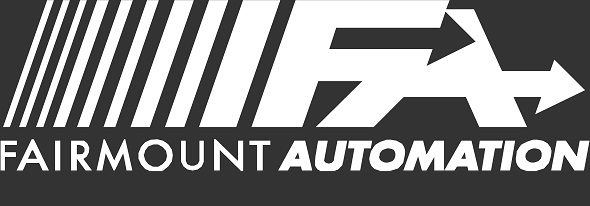Chameleon™ Programmable Automation Controllers (PACs)
Product General Description
Chameleon is a family of industrial control, communication, user interface, and power modules that integrate seamlessly to form a high-performance Programmable Automation Controller (PAC). Chameleon PACs offer multi-domain functionality-including logic, motion, and process control-on a single very flexible and highly configurable platform. The Chameleon solution completely blurs the line between the discrete-oriented functionality of traditional Programmable Logic Controllers (PLCs) and the process-oriented functionality of Distributed Control Systems (DCS) and loop controllers.
Chameleon's modular architecture allows the selection of hardware capabilities to strictly match the specific requirements of a particular application without compromising future expansion needs. You can buy only the equipment you need when you need it.
The Chameleon solution is unique in that nearly every module in the product family is equipped with its own processor and dedicated memory space. This means processing power and memory storage capacity grow proportionally with I/O, networking, and user-interface capabilities. Competing modular solutions usually require that you build a device by selecting a single main processing module, a single power module, various optional expansion I/O modules, and a single optional networking module. With this arrangement, the single processing module bears an increasing computational burden as modules are added, since the aggregate device cannot have multiple processing modules working in parallel.
The Chameleon architecture not only provides computational and storage resources that grow with application demands; it is also more robust to component failures by distributing the processing load. If the single processing module in a competing solution fails, the entire device is rendered useless. By contrast, if a Chameleon module fails, only the hardware resources contained within that module become inaccessible. Other modules can continue executing without interruption since they contain their own processing and I/O capabilities. In addition, neighboring Chameleon modules can be configured to execute redundant algorithms, so if one module fails another can take over its control functions. Modules support both redundant input and redundant output connections. In addition, Chameleon PACs can be equipped with multiple power modules to offer redundancy in power sources-both to the PAC and to the external devices that it powers. In competing modular systems, the power module often represents a single-point of failure because it can't operate in parallel with other backup power modules.
Chameleon modules integrate seamlessly with one another by sharing information over a common high-speed data bus. This internal data network makes any module's hardware resources (e.g., inputs, outputs, displays, buttons, etc.) available to all other adjoined modules. In fact, any signal or variable computed in one module's processor is easily accessible by other module's processors. All signal synchronization between processors is handled in firmware and is completely transparent to the user. The multi-processor architecture facilitates parallel task execution without complicating the programming effort. In fact, it often simplifies programming and configuration by naturally grouping I/O and user-interface resources with computational resources.
